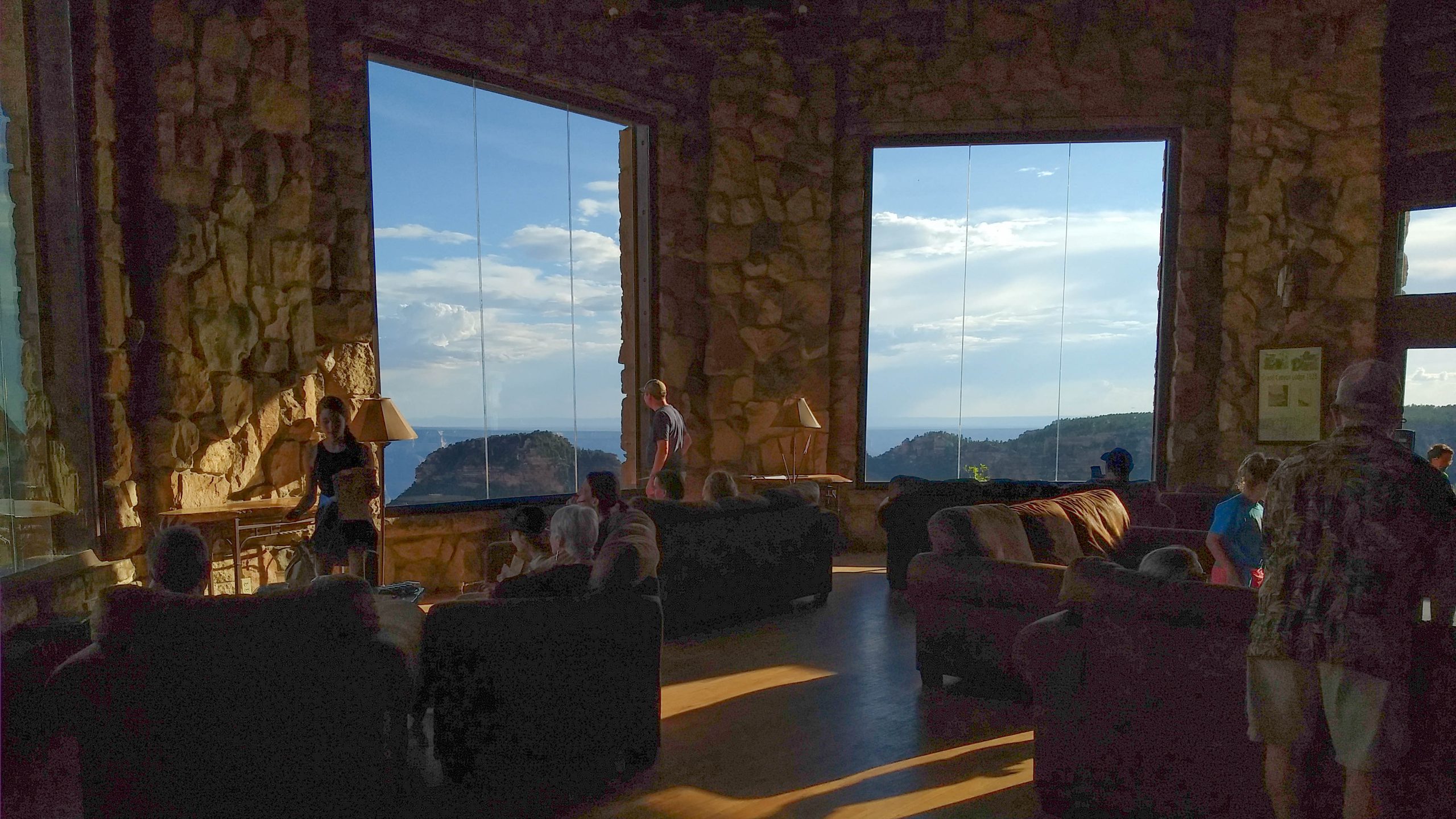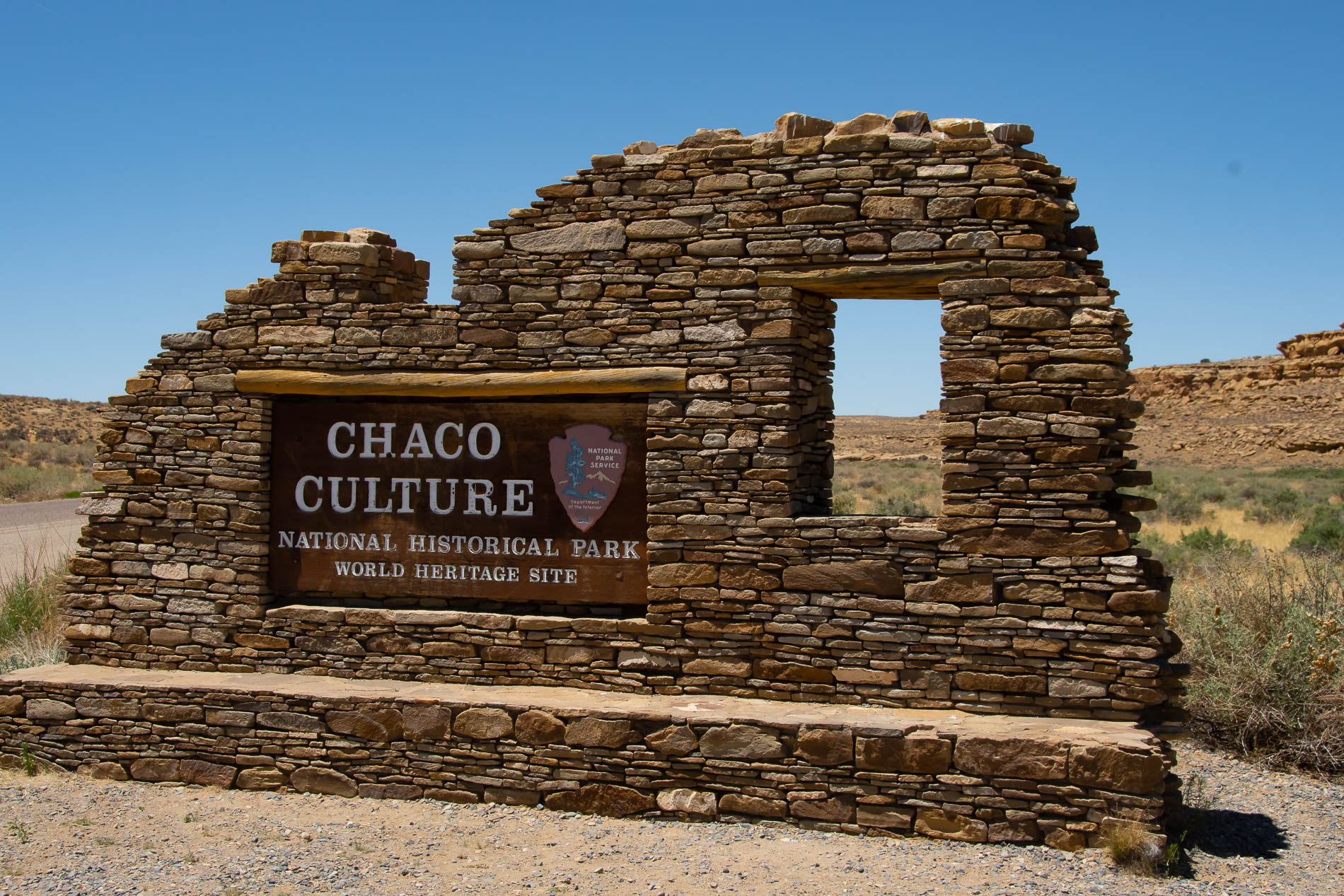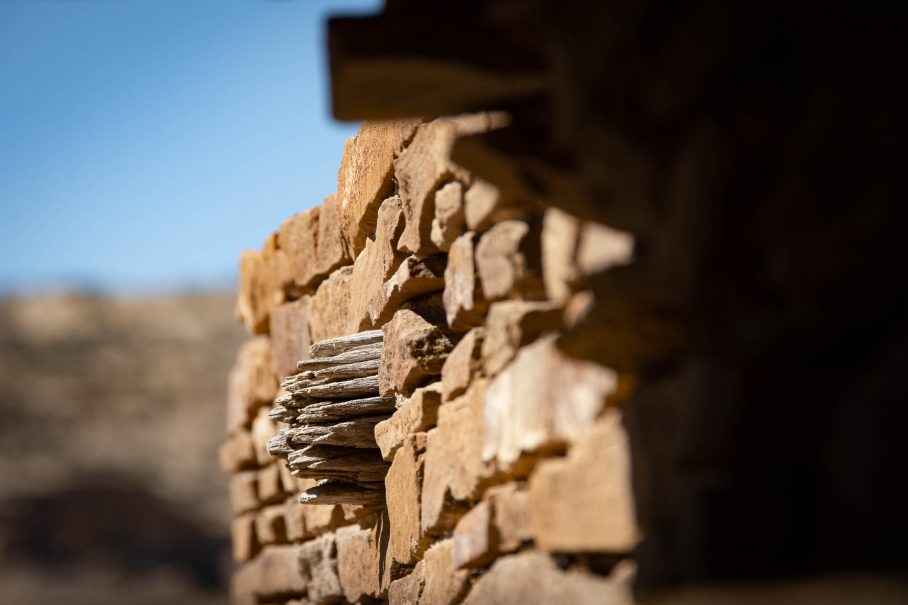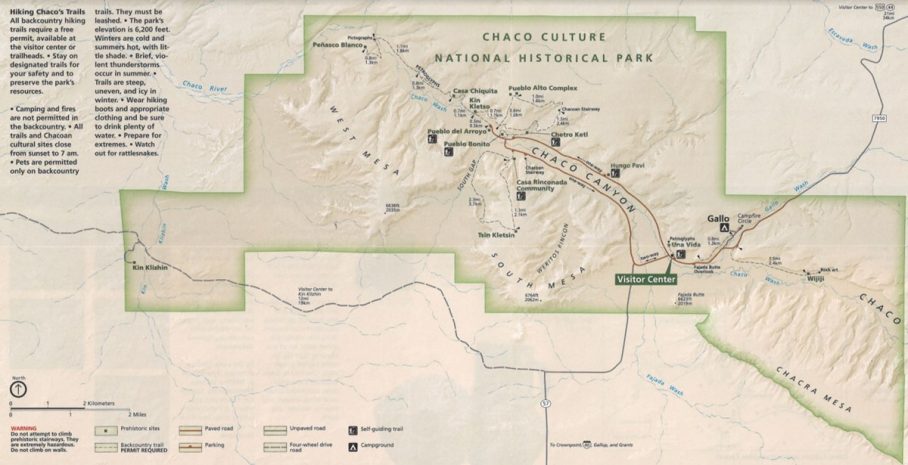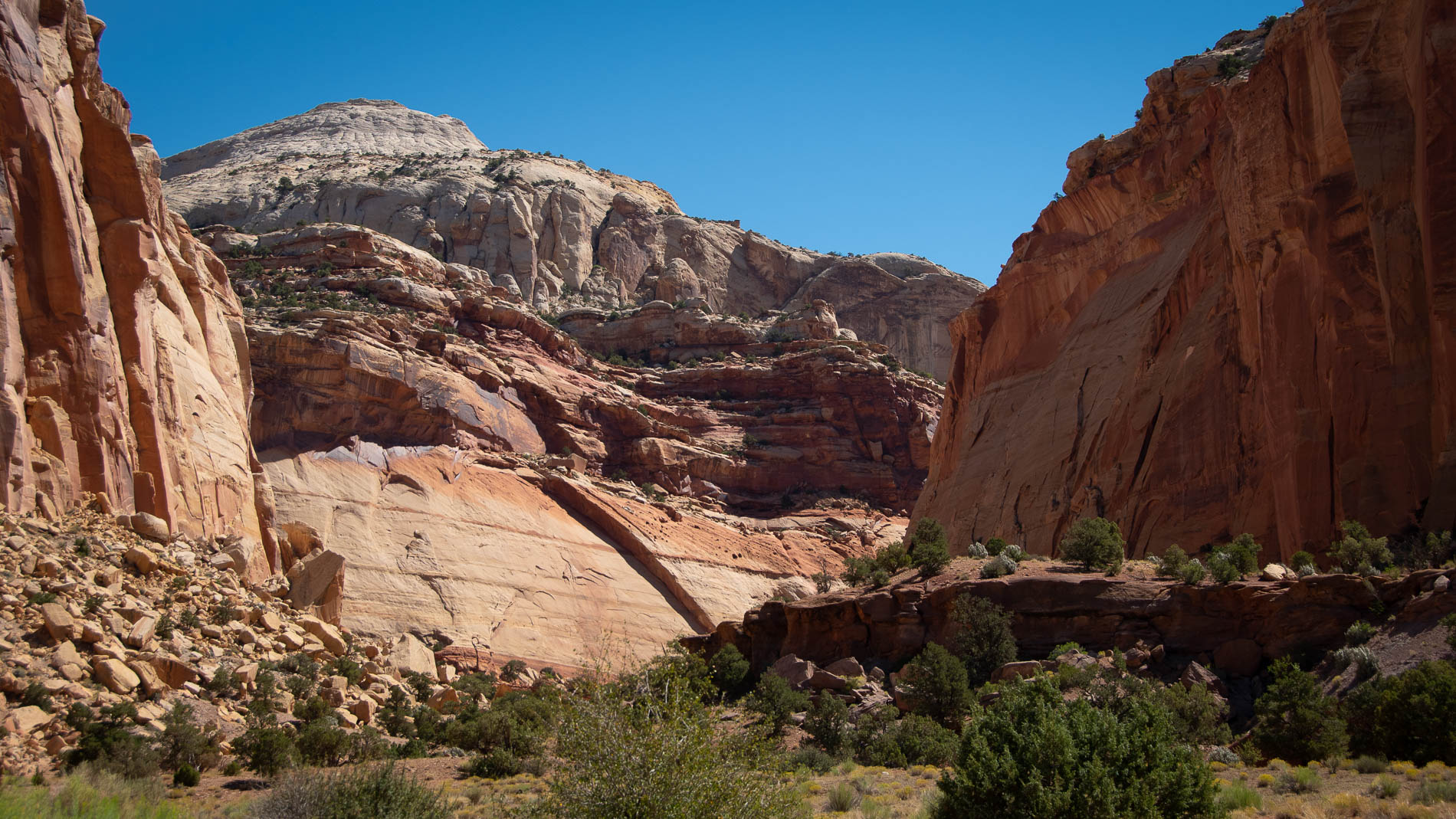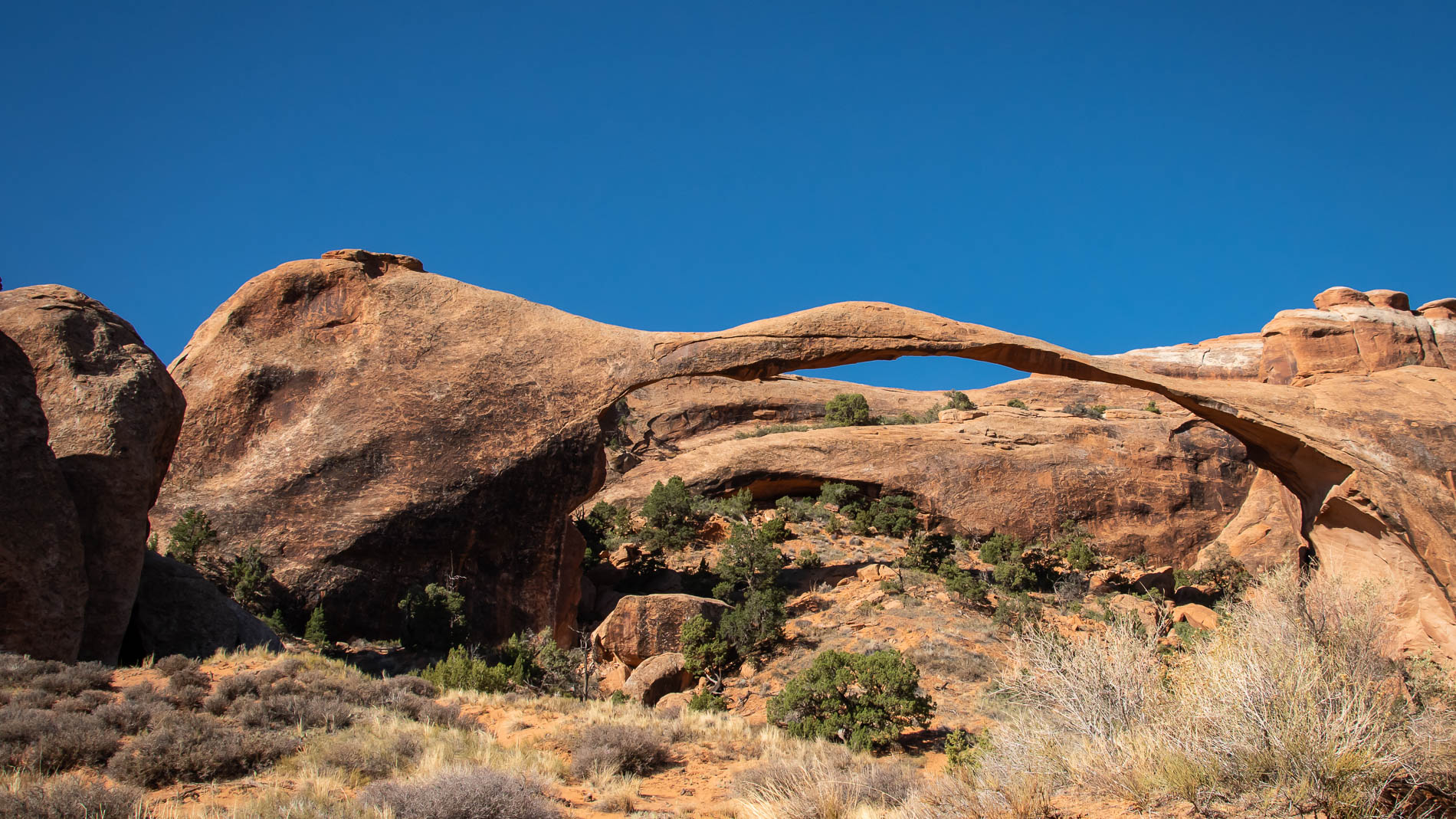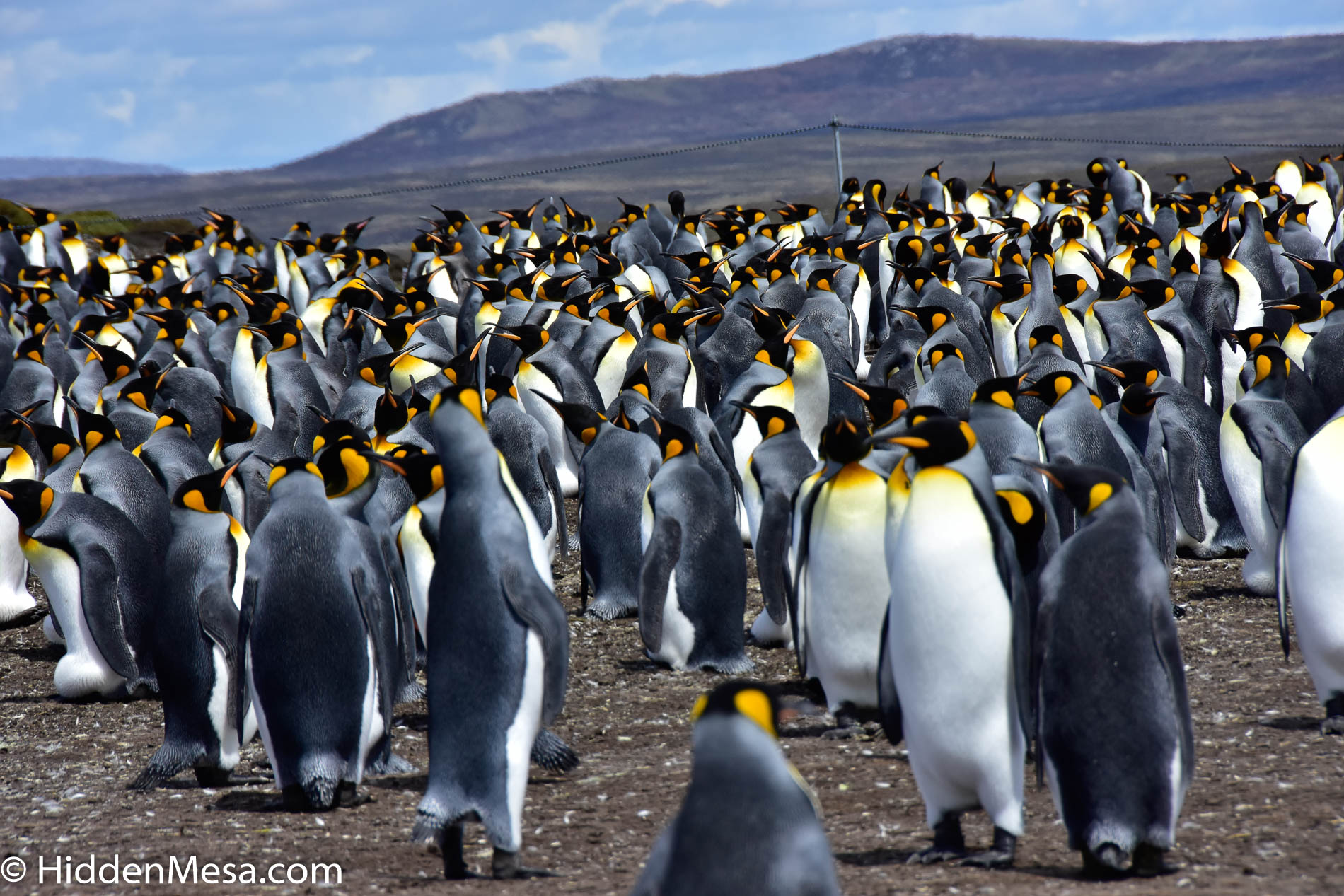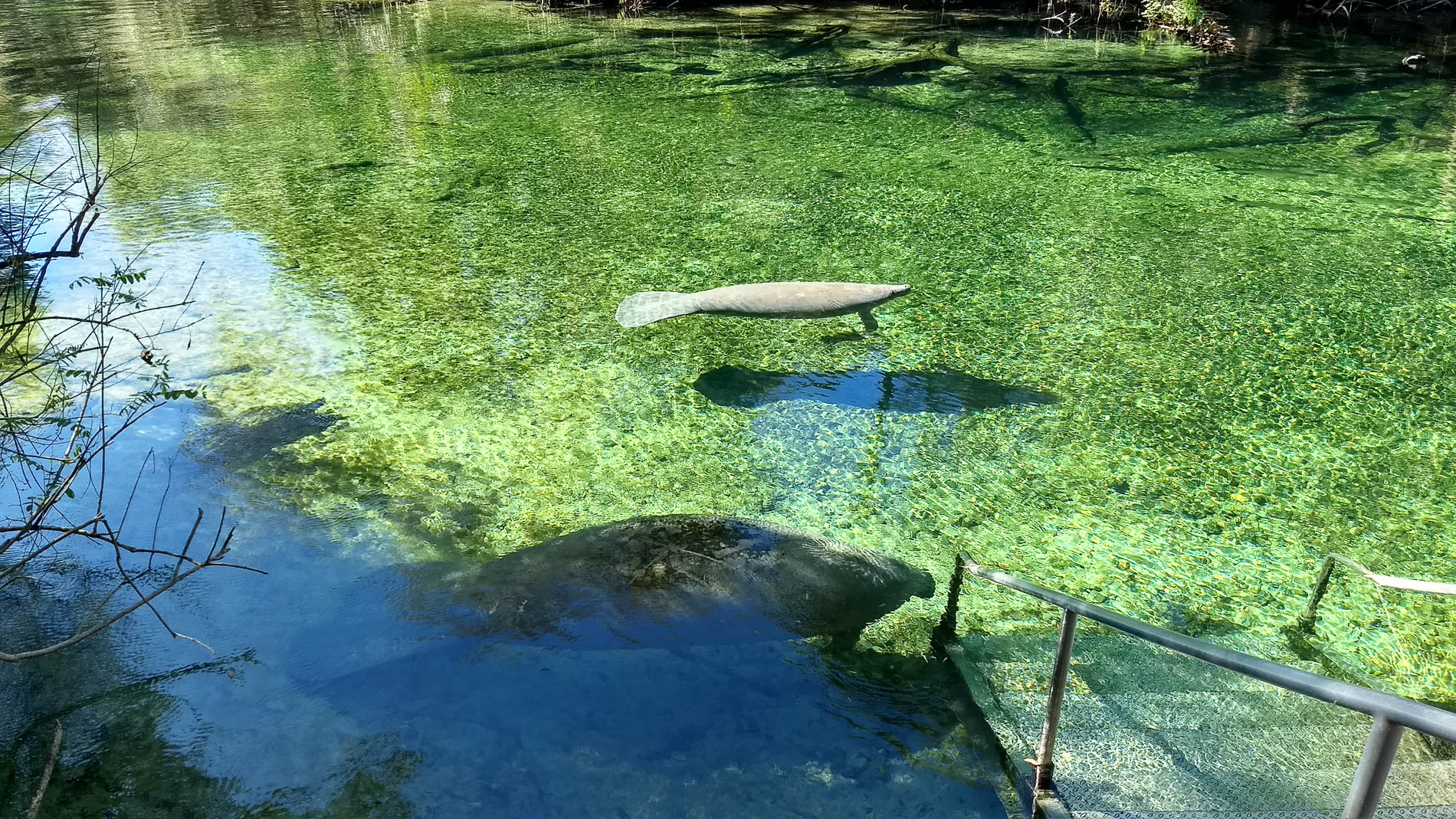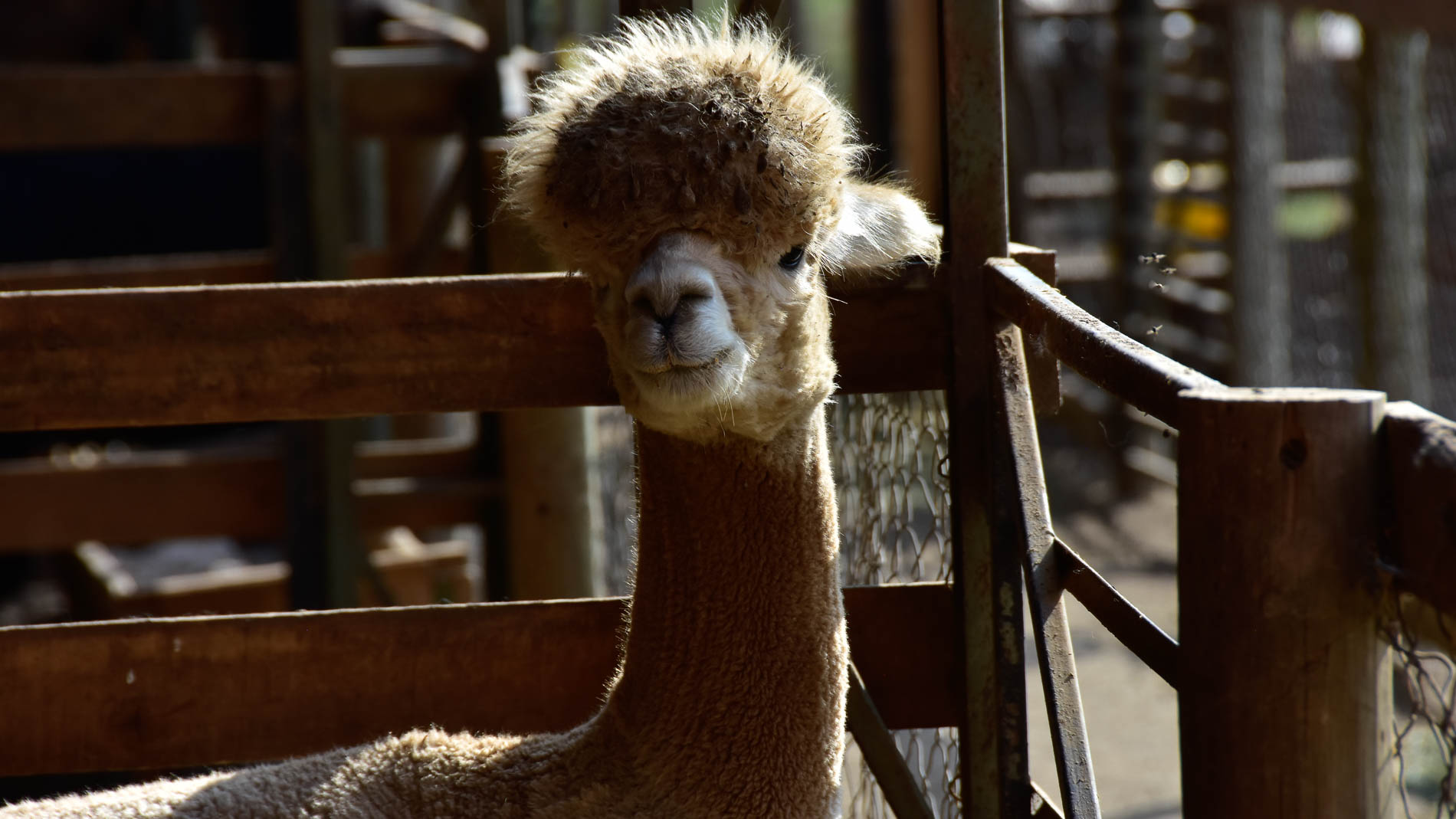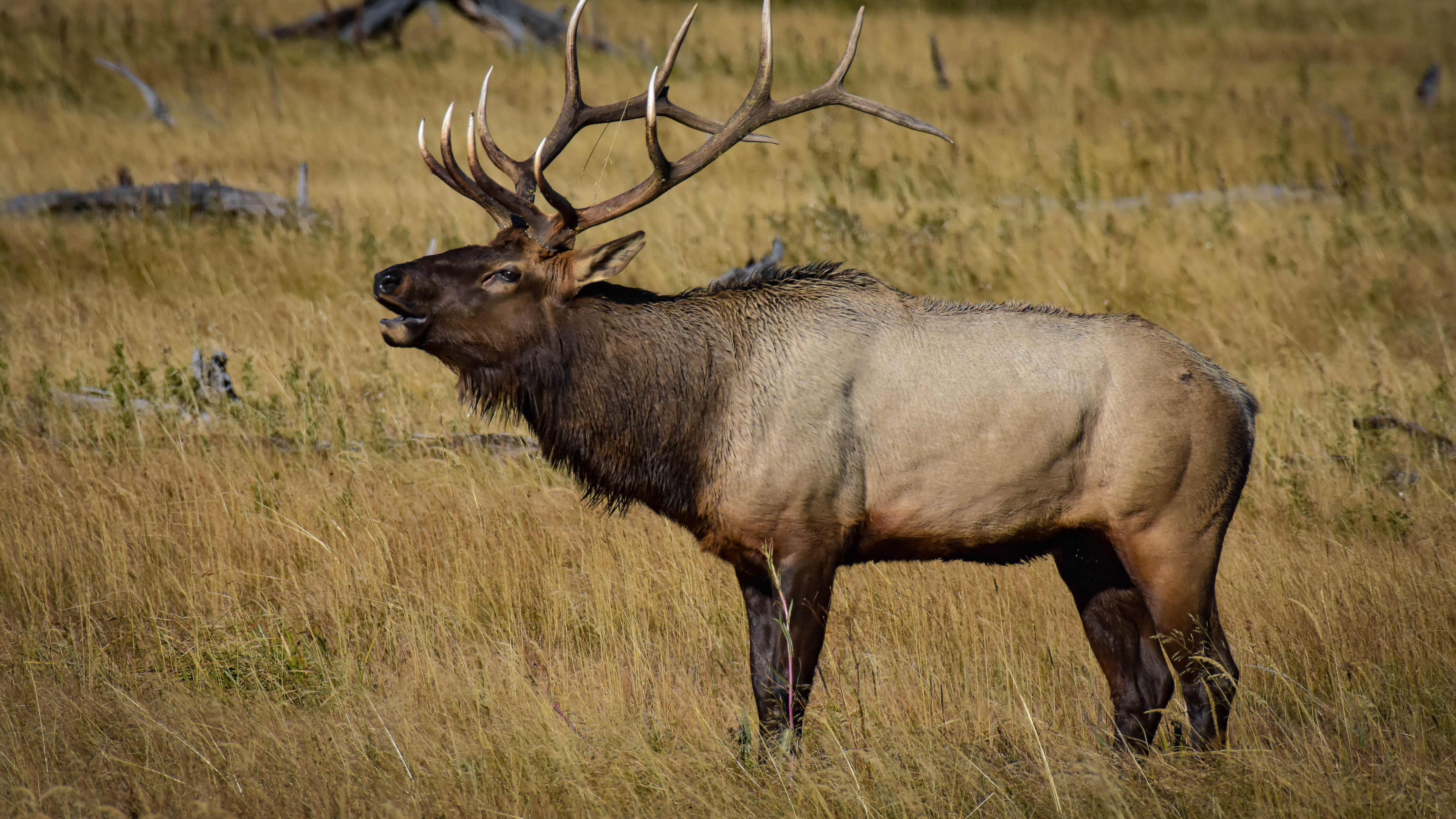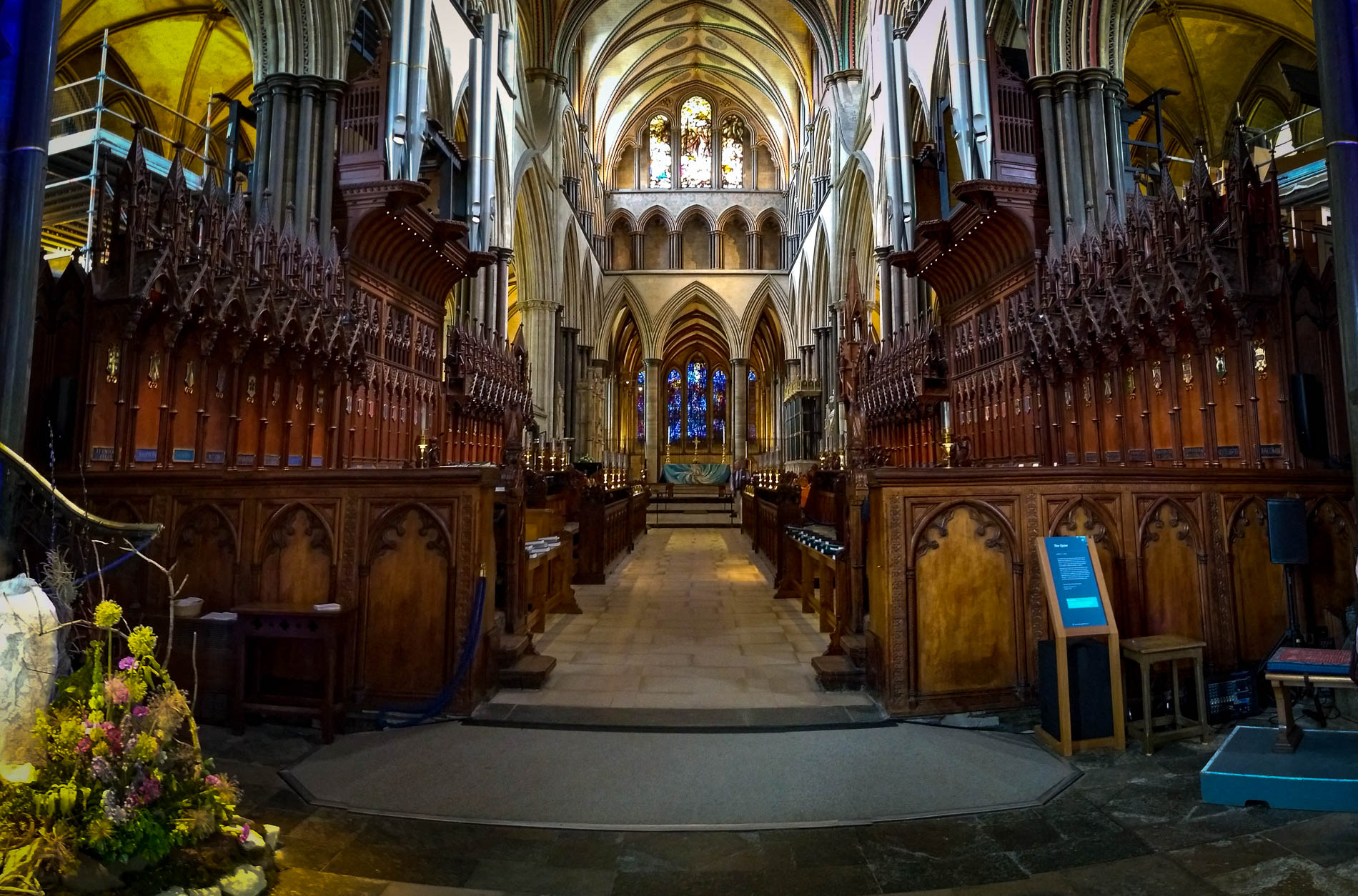Many of us have been to the Grand Canyon. We’ve fought with the hordes of people, competing for a non-existent parking place so we could ride a crowded bus to the various viewing areas along the south rim. To be clear, with all our complaining it’s worth the effort. Nothing can adequately describe the sensation of standing on the rim of one of the largest and most picturesque canyons on earth. We’re not only impressed by the majesty of the view, but by the utter silence as we gaze out into the void.
On rare occasions, we’ve been gifted with another, better view of the Grand Canyon, from the north side. The North Rim of Grand Canyon National Park is harder to visit, and therefore has far fewer guests. There’s only one campground and the only hotel within 40 miles is the lodge, which is very expensive. It’s only open during the summer because it’s about 1,000 feet higher than the south rim, and therefore receives more snow.
Another consideration when visiting the North Rim of the Grand Canyon is that it is in very close proximity to some of the best National Parks and other recreation available in southern Utah. Close-by parks include Zion National Park, Bryce Canyon National Park, and Capitol Reef National Park. There’s the famous Escalante National Recreation Area, and more.
Still, it’s more than worth the effort if you have the time and means.
Here are a few of the images we made this summer:

